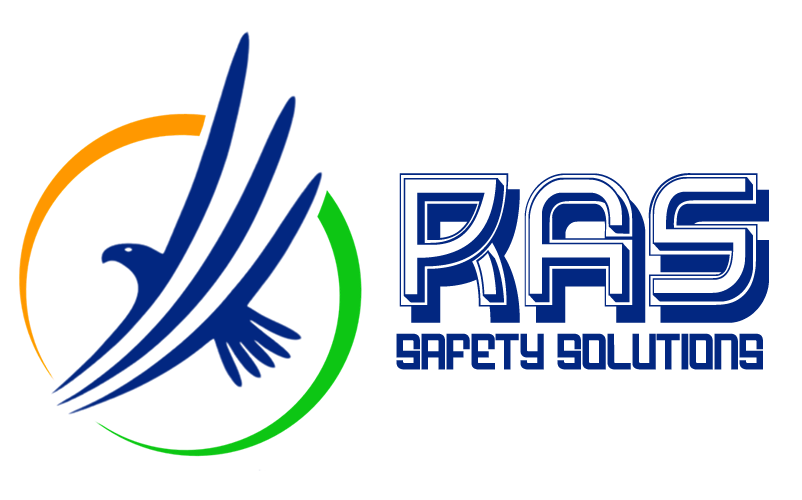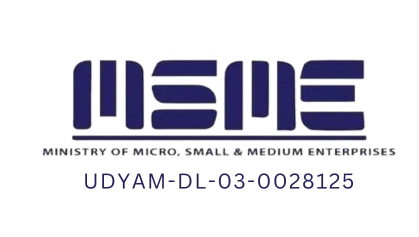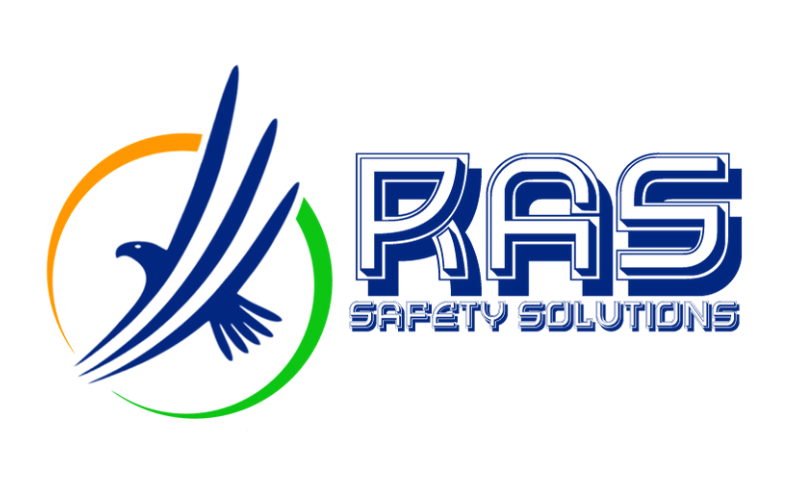
PERSONAL PROTECTIVE EQUIPMENT (PPE) TRAINING
Overview:
The Personal Protective Equipment (PPE) Training course is designed to equip participants with the knowledge and skills necessary to recognize workplace hazards and understand the proper selection, use, and maintenance of PPE. Hazards exist in every workplace, ranging from sharp edges and falling objects to chemicals, noise, and other potentially dangerous situations. While controlling hazards at their source through engineering or work practice controls is the best method of protection, these measures may not always be sufficient. This course emphasizes the importance of PPE when such controls are not feasible or do not provide adequate protection, ensuring that employees are well-protected and compliant with safety regulations.
Key Contents:
-
Introduction to Workplace Hazards
- Identifying Common Workplace Hazards
- Understanding the Hierarchy of Controls (Elimination, Substitution, Engineering Controls, Administrative Controls, PPE)
- Legal and Regulatory Requirements for Hazard Control and PPE Use
- Employer and Employee Responsibilities in PPE Use
-
Types of Personal Protective Equipment
- Head Protection: Hard Hats, Helmets, and Bump Caps
- Eye and Face Protection: Safety Glasses, Goggles, Face Shields
- Hearing Protection: Earplugs, Earmuffs
- Respiratory Protection: Masks, Respirators, and Breathing Apparatus
- Hand and Arm Protection: Gloves for Various Hazards (Chemical, Cut-Resistant, Heat-Resistant)
- Foot and Leg Protection: Safety Boots, Steel-Toed Shoes, Leg Guards
- Body Protection: Protective Clothing, Aprons, Coveralls
- Fall Protection: Harnesses, Lanyards, Anchors
- Other PPE: Specialized Equipment for Specific Hazards (e.g., Welding, Radiation)
-
PPE Selection and Fit
- Assessing Workplace Hazards to Determine Appropriate PPE
- Proper Fit and Adjustment of PPE for Maximum Protection
- Understanding PPE Ratings and Standards (e.g., ANSI, OSHA)
- Custom PPE Solutions for Unique Workplace Conditions
-
Proper Use and Limitations of PPE
- Correct Donning, Doffing, and Adjusting of PPE
- Understanding the Protective Capabilities and Limitations of Different Types of PPE
- Importance of Following Manufacturer Instructions for Use
- Recognizing Signs of Wear and Damage in PPE
-
PPE Maintenance and Care
- Cleaning and Storing PPE to Ensure Longevity and Effectiveness
- Regular Inspection and Maintenance of PPE
- Procedures for Reporting and Replacing Damaged or Worn PPE
- Understanding PPE Lifespan and Expiry Dates
-
Training and Communication
- Providing Effective PPE Training to Employees
- Ensuring Ongoing Compliance with PPE Usage Through Supervision and Monitoring
- Communicating the Importance of PPE in Hazardous Work Environments
- Handling Employee Concerns and Ensuring PPE Compliance
-
Emergency Situations and PPE
- Using PPE in Emergency Response Scenarios
- Specialized PPE for Emergency Teams (e.g., Firefighters, HazMat Teams)
- Protocols for PPE Use During Evacuations or Accidents
- Post-Incident PPE Inspection and Replacement
-
Practical Exercises and Case Studies
- Hands-On Demonstrations of PPE Use and Fit Testing
- Scenario-Based Training to Reinforce PPE Usage in Real-World Situations
- Case Studies of PPE Successes and Failures in the Workplace
- Group Discussions on PPE Challenges and Solutions
Course Duration:
-
Standard Course: 1 Day (8 Hours)
- A comprehensive training session covering all aspects of PPE selection, use, and maintenance. Suitable for workers in various industries requiring PPE knowledge and compliance.
-
Extended Course: 2 Days (16 Hours)
- An in-depth course that includes more detailed practical exercises, advanced PPE topics, and additional focus on regulatory compliance and emergency response. Ideal for safety officers, supervisors, or those responsible for PPE management.
Learning Outcomes:
-
Hazard Identification and PPE Selection: Participants will be able to identify workplace hazards and select the appropriate PPE to protect against those hazards.
-
Proficient Use of PPE: Learners will understand the correct procedures for donning, using, and maintaining PPE, ensuring maximum protection for themselves and others.
-
Regulatory Compliance: Attendees will gain a thorough understanding of legal requirements related to PPE use and ensure their practices meet these standards.
-
Emergency Preparedness: The course will prepare participants to effectively use PPE during emergency situations, ensuring safety in high-risk environments.
-
Maintenance and Care Skills: Participants will learn how to properly care for and maintain PPE, extending its life and ensuring it remains effective.
By the end of the Personal Protective Equipment Training course, participants will be well-equipped to implement effective PPE practices in their workplaces, ensuring the safety and well-being of all employees while maintaining compliance with safety regulations.


